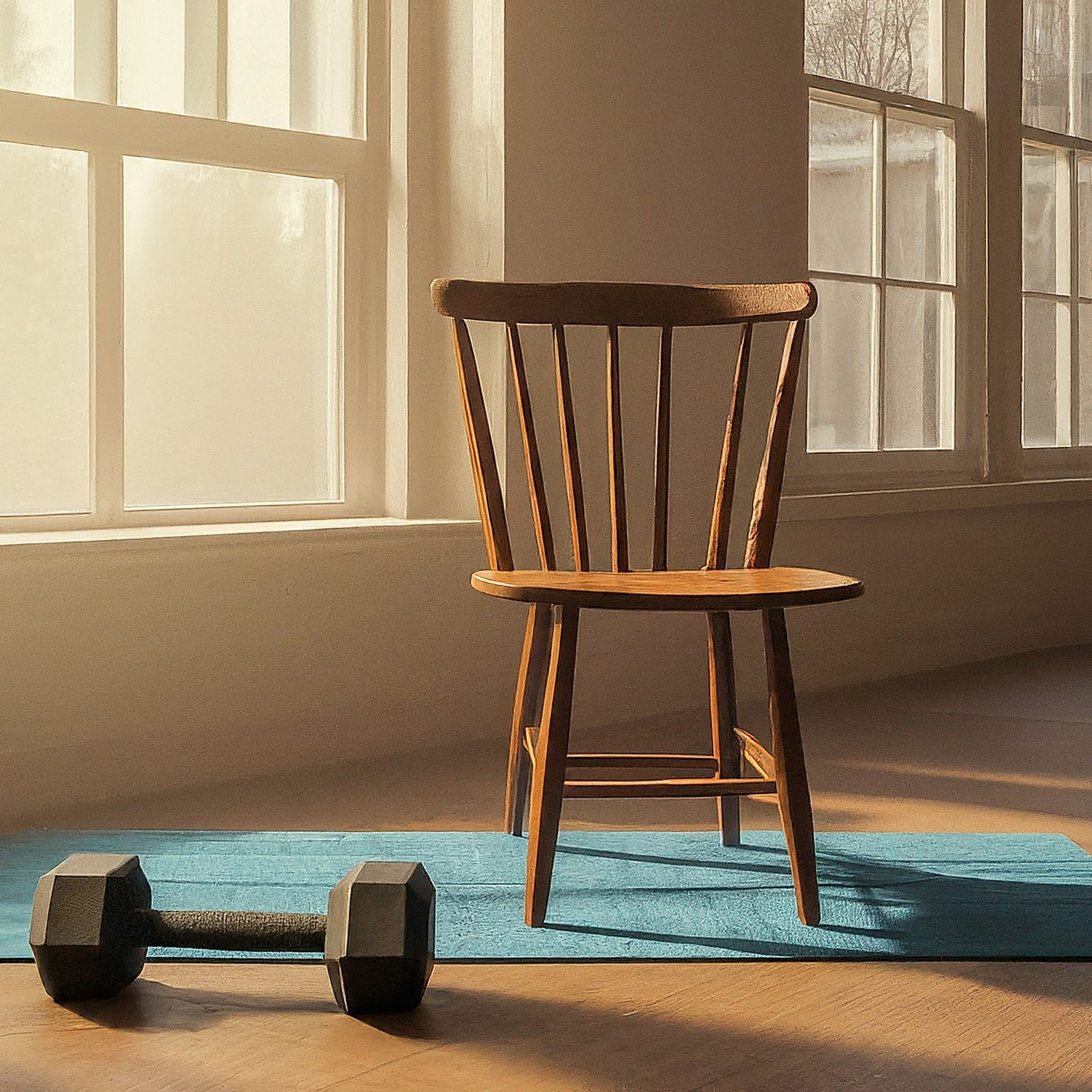Estimated Reading Time: 7 minutes Special Care: Consult your doctor before starting any new exercise regimen, especially if you have underlying health conditions.
Chair exercises, rooted in the principles of yoga, offer a safe and effective way for seniors to maintain physical and mental well-being within the comfort of their homes. These exercises focus on improving flexibility, balance, strength, and overall mobility.
Benefits of Chair Exercises
Regularly practicing chair exercises can yield numerous benefits for seniors, including:
- Enhanced flexibility and range of motion
- Improved balance and stability
- Increased muscle strength and endurance
- Boosted mood and mental clarity
- Reduced risk of falls
- Better sleep quality
Body Areas Targeted
Chair exercises comprehensively work various body parts:
- Lower body: Legs, hips, and ankles
- Upper body: Arms, shoulders, and neck
- Core: Abdominal and back muscles
Exercise Routine
A typical chair exercise routine consists of a warm-up, a series of exercises targeting different body parts, and a cool-down. Aim for 2-3 sets of 10-12 repetitions for each exercise, with a short rest between sets.
Warm-up
- Neck rolls: Gently rotate your head clockwise and counterclockwise, bringing your chin towards your chest.
- Shoulder shrugs: Raise your shoulders as high as possible, then relax. Repeat.
- Arm circles: Extend your arms out to the sides and make small circles forward and backward.
- Wrist and ankle rotations: Rotate your wrists and ankles in both directions.
Core Exercises
- Seated twists: Sit upright with your feet flat on the floor, hands on your knees. Gently twist your upper body to the right, then to the left.
- Pelvic tilts: Sit upright with your feet flat on the floor, hands on your thighs. Tilt your pelvis forward, then backward, engaging your core muscles.
- Lower back stretches: Sit upright, hands on your knees. Gently lean forward, rounding your back. Hold for a few seconds, then return to starting position.
Upper Body Exercises
- Arm raises: Sit upright with your arms relaxed at your sides. Raise your arms straight out in front of you, then lower them back down.
- Shoulder squeezes: Sit upright with your shoulders relaxed. Squeeze your shoulder blades together, hold for a few seconds, then release.
- Triceps extensions: Sit upright with your arms bent and hands behind your head. Straighten your arms, then bend them back to the starting position.
Lower Body Exercises
- Leg extensions: Sit upright with your feet flat on the floor. Extend one leg out straight, hold for a few seconds, then lower it back down. Repeat with the other leg.
- Knee lifts: Sit upright with your feet flat on the floor. Lift one knee towards your chest, hold for a few seconds, then lower it back down. Repeat with the other leg.
- Ankle circles: Sit upright with your feet flat on the floor. Rotate your ankles clockwise and counterclockwise.
Cool-down (5 minutes)
- Deep breathing: Sit upright with your back straight. Inhale slowly through your nose, hold for a few seconds, then exhale slowly through your mouth.
- Gentle stretching: Reach for your toes, hold for a few seconds, then release. Repeat with the other leg.
Food and Exercise Timing
While it’s generally recommended to exercise on an empty stomach or with a light snack, seniors might prefer exercising after a light meal. However, avoid heavy meals immediately before or after exercise.
Additional Tips
- Listen to your body: Pay attention to any discomfort and modify exercises as needed.
- Consistency is key: Aim for regular practice, even if it’s just for a short duration.
- Incorporate props: Use pillows or blankets for support if needed.
- Stay hydrated: Drink plenty of water before, during, and after exercise.
- Find a workout buddy: Exercising with a friend can make it more enjoyable.
By incorporating chair exercises into your daily routine, seniors can experience improved physical and mental health, fostering a sense of independence and well-being.




